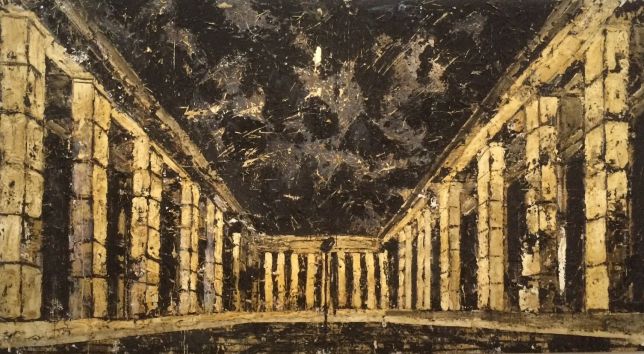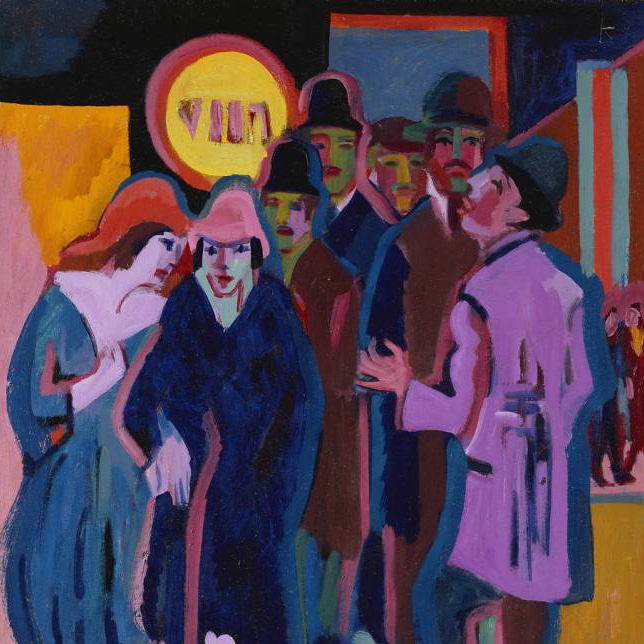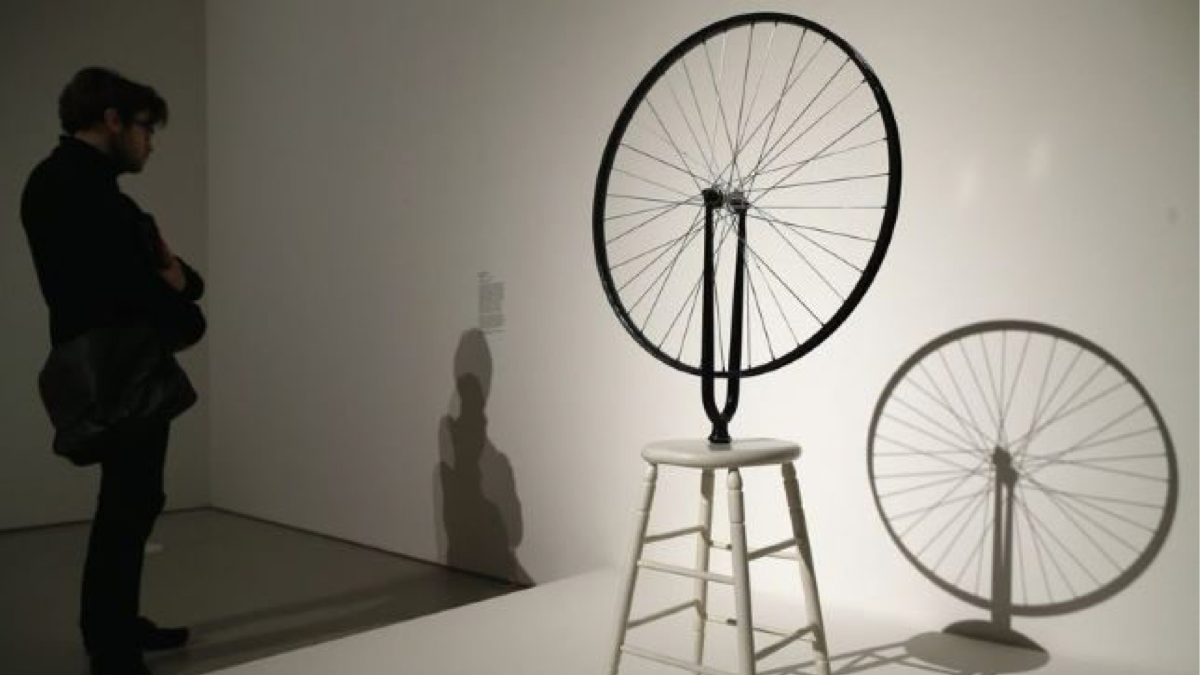
10 Things you should know about Anselm Kiefer
Artsper is your guide in discovering the work of the geniuses of contemporary art. This warm autumn will be the occasion to explore an ambiguous personality: the German artist Anselm Kiefer, who confronts History and makes it his material, revisiting “the spirit of the matter”. He is a genius who makes the memory of his contemporaries confront the painful and horrific past that they’d often rather forget.

Anselm Kiefer was born in Donaueschingen, Germany, in March 1945. He lives and works in France. In 1969, he photographed himself giving the Nazi salute in France, Switzerland and Italy to protest the silence on this issue in the post-war years. He represented Germany at the 1980 Venice Biennale, alongside George Baselitz. His works are vibrant, his tones are muted, he uses various materials (straw, wood, plants …), his forms are disproportionate, forcing the viewer to enter completely into the painting or sculpture.

Joseph Beuys was his teacher between 1970 and 1972, at the University of Art in Dusseldorf, but in a rather informal way.In 1983, on the occasion of his exhibition at the Musée d’Art Moderne de la Ville de Paris, he appeared at the press conference dressed in a German military uniform.
This scandal did not do his already tarnished reputation any good. All his life, the artist will cultivate this ambiguous relationship with Nazism. The historian Daniel Arasse sees in his gestures an expiatory or cathartic value. However, he has many detractors, who see him as a neo-Nazi character.

Kiefer opened the Monumenta cycle at the Grand Palais in 2007. He creates a haunting village of colossal sand towers, lead sheets, living plants (in reaction to the surrounding chaos and human madness) and broken glass. He evokes the horrors of the Holocaust, German myths and his friend Paul Celan, associated with the symbol of the fern, synonymous with invincibility in Germanic mythology. The traumatic immensity of the exhibition synthesizes all the artist’s obsessions in the Grand Palais.

There are three Kiefers in the Louvre! In 2007, the museum offered him the opportunity to invest the space in a permanent way. He chose to place himself at the crossroads of Greek, Egyptian, and Oriental wings, and created Athanor, an 11-meter-high fresco, Danae, and Hortus Conclusus, two sculptures in lead. Three works around the theme of resurrection and confinement. As always, Kiefer’s iconographic choices oscillate between the tragic and the mythological.

The artist works in the south of France, in his workshop, La Ribaute. It is here that he creates his monumental pieces.
Information on the Somme market: Anselm Kiefer refuses to exhibit his works in art fairs. He is represented in Paris by the internationally renowned galleries Yvon Lambert, Thaddaeus Ropac and Gagosian. In 2011, Christie’s sold his work To the Unknown Painter, (1983), for $3.6 million to a private American collector.

About Artsper
Founded in 2013, Artsper is an online marketplace for contemporary art. Partnering with 1,800 professional art galleries around the world, it makes discovering and acquiring art accessible to all.
Learn more













